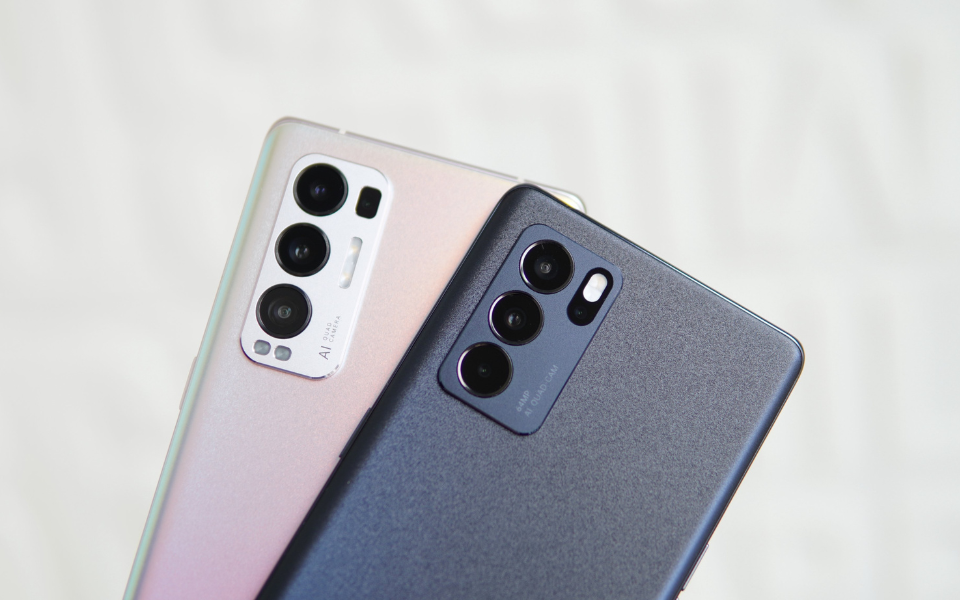In today’s rapidly evolving digital landscape, staying connected is more important than ever. Whether you’re traveling the globe, managing multiple phone numbers, or simply looking for a more convenient way to switch carriers, eSIM technology offers a flexible and hassle-free solution. In this comprehensive guide, we’ll walk you through the process of setting up your eSIM, step by step, ensuring a smooth transition to this innovative technology.
Understanding eSIM Technology
Before diving into the setup process, let’s take a moment to understand what eSIM technology is and how it differs from traditional SIM cards. eSIM, short for embedded SIM, is a virtual SIM card that is built directly into your device’s hardware. Unlike physical SIM cards, which need to be inserted and removed manually, eSIMs are programmed remotely, allowing for easy activation and management.
One of the key benefits of eSIM technology is its flexibility. With an eSIM, you can switch between different mobile carriers and plans without the need for a physical SIM card. This is particularly useful for frequent travelers who may want to use local SIM cards when abroad or individuals who regularly switch between carriers to take advantage of the best deals and coverage options.
Getting Started: What You’ll Need
Before you can set up your eSIM, there are a few things you’ll need to have on hand:
- A Compatible Device: Not all smartphones support eSIM technology, so be sure to check if your device is eSIM-compatible before proceeding. Many newer smartphones, including models from Apple, Google, Samsung, and other manufacturers, offer eSIM support.
- An eSIM Activation Code: This code is provided by your mobile carrier and is necessary to activate your eSIM. You can typically obtain an eSIM activation code from your carrier’s website, retail store, or customer service department.
- A Stable Internet Connection: You’ll need an internet connection to download the eSIM profile onto your device and complete the activation process. Make sure you have access to Wi-Fi or a cellular data connection during setup.
Step-by-Step Guide to Setting Up Your eSIM
Now that you have everything you need, let’s walk through the process of setting up your eSIM:
Step 1: Access Your Device’s eSIM Settings
- On your smartphone, navigate to the settings menu.
- Look for the option related to cellular or mobile networks.
- Within the network settings, you should find an option for eSIM or SIM card management.
Step 2: Add Your eSIM Profile
- Select the option to add a new eSIM profile.
- You may be prompted to scan a QR code provided by your carrier or enter the activation code manually.
- Follow the on-screen instructions to complete the setup process.
Step 3: Activate Your eSIM
- Once you’ve added the eSIM profile, your device will begin the activation process.
- This may involve contacting your carrier’s servers to authenticate the eSIM and provision your phone number and plan.
Step 4: Test Your eSIM
- After the activation process is complete, it’s a good idea to test your eSIM to ensure everything is working correctly.
- Make a test call, send a text message, and try accessing the internet using your eSIM connection.
Setting Up Your eSIM with AT&T and T-Mobile
If you’re a customer of AT&T or T-Mobile, setting up your eSIM is a breeze. Both carriers offer support for eSIM technology and provide easy-to-follow instructions for activating your eSIM.
Setting Up Your eSIM with AT&T:
- To set up your eSIM with AT&T, you’ll first need to obtain an eSIM activation code from AT&T’s website or a retail store.
- Once you have your activation code, follow the steps outlined above to access your device’s eSIM settings and add your eSIM profile.
- During the setup process, you’ll be prompted to enter your AT&T account information and the eSIM activation code.
- Follow the on-screen instructions to complete the activation process, and your eSIM will be ready to use with AT&T’s network.
Setting Up Your eSIM with T-Mobile:
- Similarly, setting up your eSIM with T-Mobile is a straightforward process. Begin by obtaining an eSIM activation code from T-Mobile’s website or a retail store.
- Next, navigate to your device’s eSIM settings and add your eSIM profile, following the same steps outlined above.
- During the setup process, you’ll need to enter your T-Mobile account information and the eSIM activation code.
- Once the activation process is complete, your eSIM will be activated and ready to use with T-Mobile’s network.
Troubleshooting Tips
If you encounter any issues during the setup process, here are a few troubleshooting tips to help you resolve them:
- Check Compatibility: Ensure that your device is compatible with eSIM technology and that your carrier supports eSIM activation.
- Restart Your Device: Sometimes, simply restarting your device can resolve connectivity issues and other problems.
- Contact Your Carrier: If you’re still experiencing issues, don’t hesitate to reach out to your mobile carrier for assistance. They can provide guidance and troubleshoot any issues on their end.
Conclusion
Setting up your eSIM is a relatively straightforward process that offers numerous benefits in terms of flexibility, convenience, and connectivity. By following the step-by-step guide outlined above and keeping these troubleshooting tips in mind, you can seamlessly transition to eSIM technology and enjoy the freedom it provides.
For more information on eSIMs and mobile connectivity options, visit Hello Prepay for the latest deals and advice. Whether you’re a frequent traveler, a digital nomad, or simply looking to simplify your smartphone setup, eSIM technology has something to offer everyone. So why wait? Make the switch to eSIM today and experience the future of mobile connectivity.

